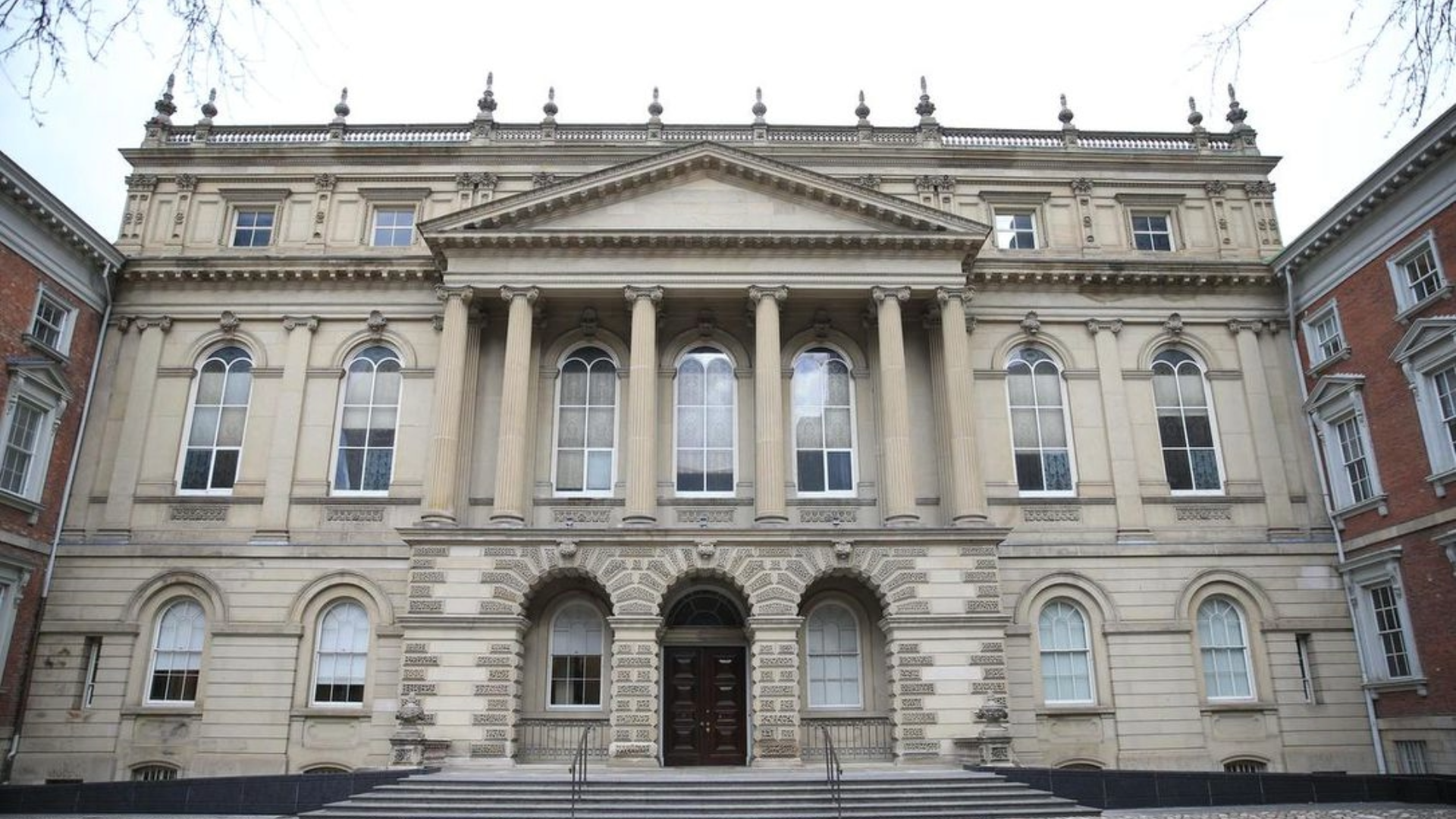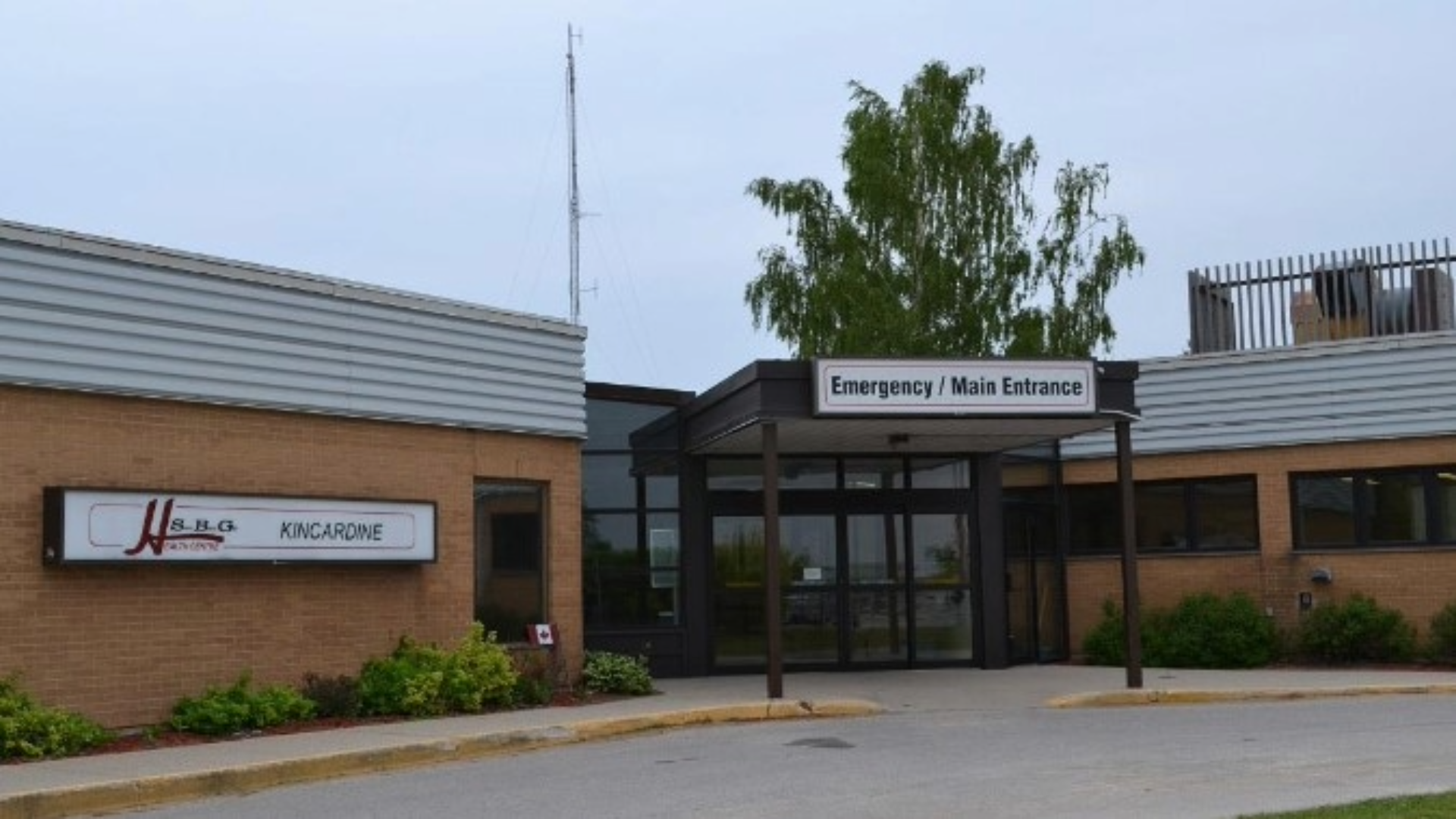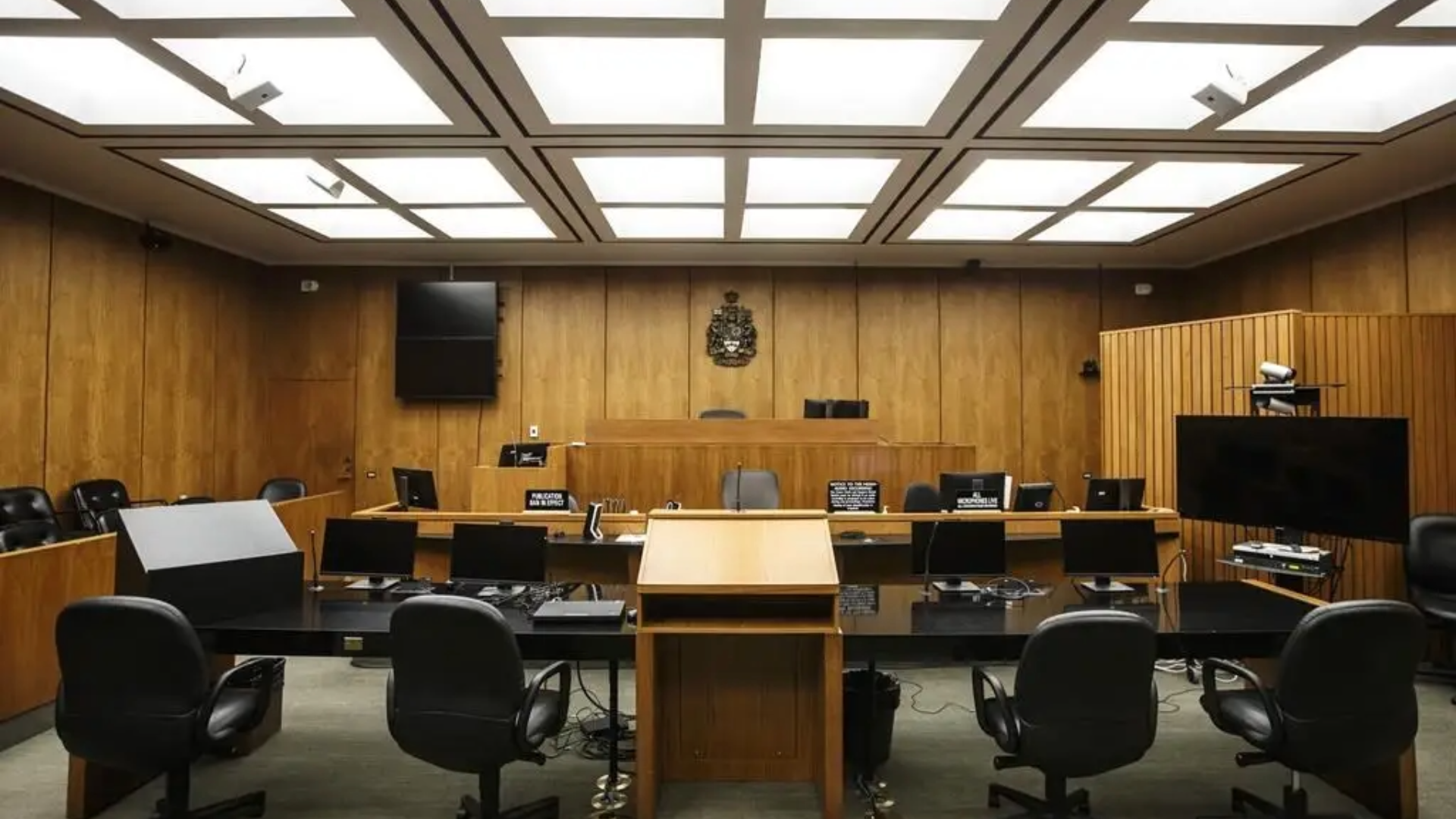
McKee v. Shahid – Court of Appeal Leaves Open Potential Duty of Care to Non-Patient in Psychiatric Negligence Case Involving Homicide of Family Member
On February 11, 2019, Bradley McKee stabbed his father, William McKee, to death. At the time of the stabbing, Bradley was 27 years old; he




